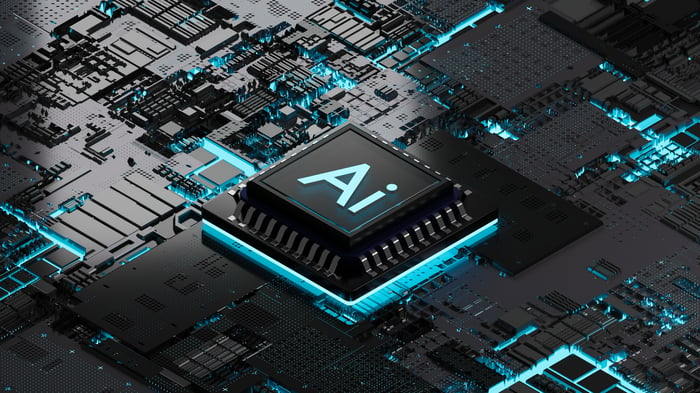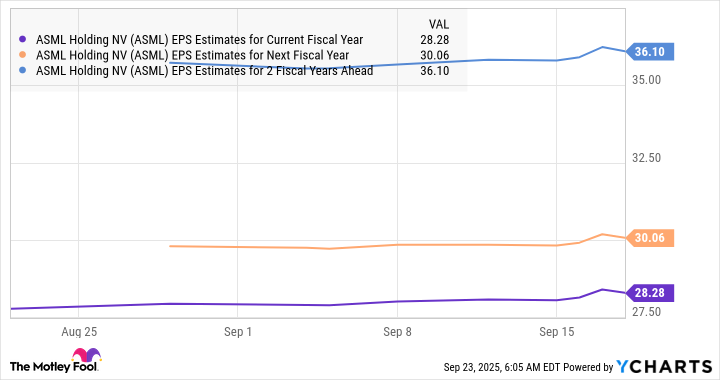Could This Beaten-Down Stock Help You Become a Millionaire?
The company would need to maintain the strong momentum it’s had this year for a long time.
Becoming a millionaire through stock investing is possible, but it requires patience, discipline, and the acumen to make informed investment choices. Not every company can generate the kind of returns over the long run that will help you achieve that goal — in fact, most probably won’t.
Buying ETFs that track the performance of major indexes is a low-risk strategy, but perhaps you can do better by picking out stocks that can post superior gains. It’s even better to invest in companies that have been beaten down, but still boast significant upside potential and attractive long-term prospects.
That brings us to CRISPR Therapeutics (CRSP 1.15%), a mid-cap biotech. The company’s shares have slumped more than 60% from all-time highs achieved in early 2021. Does it have what it takes to deliver competitive-enough returns to help you become a millionaire?

Image source: Getty Images.
Banking on pipeline progress
Smaller, unprofitable biotech companies, such as CRISPR Therapeutics, thrive on strong clinical and regulatory progress. The company’s shares could soar over the next five years if it impresses the market in those areas.
CRISPR’s current leading pipeline candidates include CTX310, a gene-editing therapy being developed to lower LDL (“bad”) cholesterol and triglycerides (TGs, a type of fat). Its goal is to inactivate the ANGPTL3 gene, which plays a role in regulating both. While they’re significant risk factors for various types of common heart diseases, there are few treatment options aimed at reducing LDL and TGs.
CTX310 is progressing well in clinical trials so far. In an ongoing phase 1 study, the medicine led to significant reductions in both LDL and TG levels. There are 40 million patients in the U.S. alone who have high levels of either or both. Although CRISPR Therapeutics will focus on high-risk patients, the commercial opportunity is vast. That’s why consistent positive data should jolt the stock, as it already has this year; shares are up by 48% this year thanks to progress with CTX310.
Elsewhere, CRISPR’s CTX320 is being developed to help decrease levels of liporotein(a), which is a risk factor for heart attack and strokes. Therapy options here are also limited. In other words, CRISPR Therapeutics is developing potentially breakthrough medicines for conditions with high unmet needs and large patient populations.
Its gene-editing platform already has an approved product on the market: Casgevy, which it created and developed in collaboration with Vertex Pharmaceuticals. Although CRISPR Therapeutics doesn’t generate much revenue from it yet, Casgevy was a significant milestone, as no such therapy had received approval before; the approval demonstrated that the biotech’s CRISPR-based gene-editing medicines can clear regulatory hurdles.
What’s more, CTX310 and CTX320 look even more commercially viable than Casgevy. Here’s why. Casgevy is an ex vivo gene-editing therapy, which means the process to administer it involves collecting a patient’s cells, manipulating and editing them, then reinserting them back into the patient. The process is highly complex and can only be done in authorized treatment centers.
CTX310 and CTX320, in contrast, are both in vivo medicines that bypass the cell collection process and are administered via intravenous infusions. This is another important reason that their progress could lead to massive gains for CRISPR Therapeutics in the next five years or so.
A millionaire-maker stock?
What about beyond the end of the decade? Becoming a millionaire through stock investing typically requires at least a couple of decades, and often more. Can CRISPR Therapeutics perform well for that long? It’s hard to say. The company has even more investigational therapies in its pipeline that could make progress in the long term. And its highly innovative gene-editing platform could produce even more gems.
That said, there’s a significant risk involved. CRISPR Therapeutics could face clinical and regulatory setbacks. If these issues arise with its leading candidates in the next few years, they’re likely to affect its stock price, especially considering it currently operates at a loss. Competing medicines are also being developed by other companies, which could reduce its commercial opportunity later.
CRISPR Therapeutics has significant upside potential, but investors should note that the stock carries a higher level of risk. If you’re comfortable with volatility, you might consider initiating a small position in the company. However, it shouldn’t be one of the largest holdings in a well-diversified portfolio that’s designed to help average investors become millionaires.




